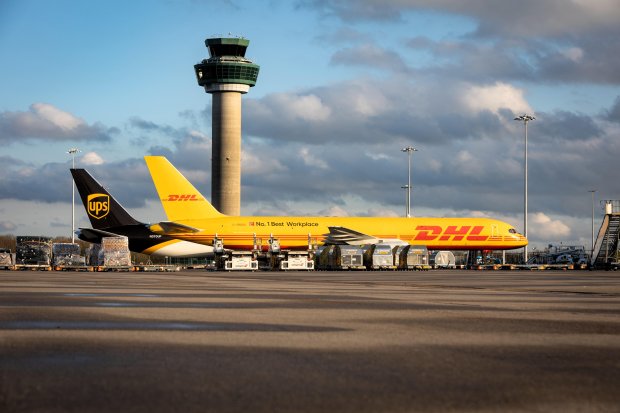London Stansted: Connecting the East of England to the world

Exporters across the East of England are showing real resilience on the global stage, despite ongoing challenges in international trade. This was highlighted in MAG’s latestUK Trade Barometer, released by London Stansted last week. It found that 49% of the region’s exporters increased sales in Q2, while 37% entered new markets, from established territories like the US and Germany to emerging ones like Brazil and China.
These figures underline what we already know: the East of England and London together form one of the UK’s most globally-connected and economically influential regions.
With world-leading strengths in tech, life sciences, agriculture, and advanced manufacturing, and key hubs stretching from Ipswich, Cambridge, and Chelmsford to Colchester and Peterborough and London, the region sits at the heart of the UK’s competitiveness.
The Trade Barometer shows that businesses here are not just weathering global uncertainty they are actively reaching new markets and driving growth that benefits the whole region.
At London Stansted, we are proud to play a central role in supporting this ambition. We welcome around 30 million passengers a year, flying to more European destinations than any other UK airport, and move more than 220,000 tonnes of cargo annually.
Our location places us on the doorstep of one of the UK’s most dynamic economic corridors, home to global companies such as Google, Microsoft, GSK and Raytheon, and world-class institutions like the University of Cambridge, all of which rely on strong international links to reach new markets and collaborate across borders.
That’s why our plans for sustainable growth matter. We have submitted proposals to increase our annual passenger capacity to 51 million over the next two decades without adding more flights than are already permitted and within our existing airport boundary. By making smarter use of our single runway, we can deliver growth in a way that is both responsible and sustainable.
Alongside this, we are investing £1.1 bn in a transformation programme, with a £600m terminal extension at its heart. This will deliver a brighter, more spacious terminal with new seating, shops, bars, and restaurants, as well as upgraded lounges and security. The investment is set to double our annual economic contribution to £2bn and create thousands of jobs across the region.
Looking ahead, one of our priorities is attracting more long-haul airlines. Just last month we announced Turkish Airlines will join us in March 2026 as it launches 14 weekly flights to its hub at Istanbul. This service will also provide convenient access to 79 onward destinations in Asia and Australia and 56 more across Africa. This is on top of the double daily service from Emirates connecting to over 150 global destinations via Dubai.
We know there is huge demand, particularly from businesses in Cambridge and the wider tech corridor, for direct links to destinations such as Boston, the US West Coast, and in Asia. Meeting this demand will help the region strengthen its position as a global leader in innovation and trade.
That, in turn, will increase the number of businesses that trade globally, driving up productivity and growth across the region.
Despite global uncertainties, East of England exporters are seizing opportunities to grow. At London Stansted, we are determined to match that ambition by providing the connections, capacity, and facilities that businesses and communities need to succeed on the international stage.
By Gareth Powell, Managing Director, London Stansted


